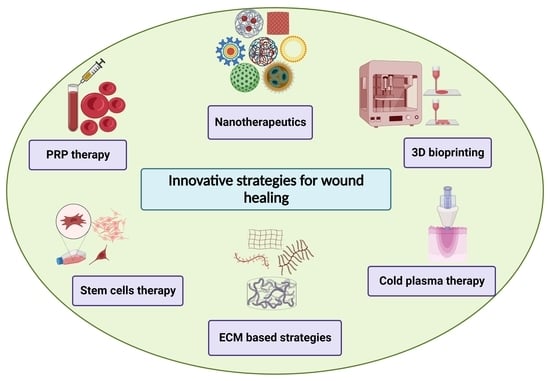Table of Contents

[/image][=video]
[/video]
There are lots of kinds of stem cells. Generally, the term stem cell refers to a classification of cells that trigger various other cells (like skin, blood, heart, and muscle cells) by replicating and setting apart in reaction to chemical signs. Totipotent stem cells appear at the earliest phase of growth and are the only stem cells which can create embryonic stem cells and the placenta.
Bone marrow transplant (BMT) is an unique treatment for individuals with certain cancers or other illness. A bone marrow transplant involves taking cells that are generally found in the bone marrow (stem cells), filtering those cells, and providing back either to the benefactor (client) or to one more person. The objective of BMT is to transfuse healthy bone marrow cells into an individual after his/her own unhealthy bone marrow has actually been dealt with to eliminate the abnormal cells.
Bone marrow is the soft, mushy cells located inside bones. It is where a lot of the body's blood cells create and are saved. The blood cells that make various other blood cells are called stem cells. One of the most primitive of the stem cells is called the pluripotent stem cell. This is different than various other blood cells with regard to the following buildings: It is able to duplicate an additional cell identical to itself.
It is the stem cells that are needed in bone marrow transplant. The goal of a bone marrow transplant is to treat numerous conditions and kinds of cancer. When the doses of radiation treatment or radiation required to heal a cancer cells are so high that a person's bone marrow stem cells will certainly be completely damaged or destroyed by the therapy, a bone marrow transplant may be required.
Hormone Therapy servicing Dearborn, Michigan
This process is usually called rescue. Change bone marrow with genetically healthy and balanced working bone marrow to avoid even more damages from a hereditary disease process (such as Hurler's disorder and adrenoleukodystrophy). The risks and benefits need to be weighed in an extensive discussion with your medical care provider and specialists in bone marrow transplants prior to the procedure.
There are different types of bone marrow transplants relying on who the contributor is. The different kinds of BMT consist of the following: The donor is the client himself or herself. Stem cells are extracted from the individual either by bone marrow harvest or apheresis (a procedure of gathering peripheral blood stem cells), frozen, and then returned to the patient after extensive therapy.
The donor shares the same hereditary type as the client. Stem cells are taken either by bone marrow harvest or apheresis from a genetically matched contributor, normally a bro or sis. Various other donors for allogeneic bone marrow transplants might consist of the following: A haploid-identical match is when the contributor is a moms and dad and the hereditary suit is at least half the same to the recipient.

Matching entails inputting human leukocyte antigen (HLA) cells. The antigens externally of these special white blood cells determine the hereditary make-up of an individual's body immune system. There are at least 100 HLA antigens; nevertheless, it is thought that there are a couple of significant antigens that establish whether a benefactor and recipient match.
Clinical research study is still checking out the function all antigens play in the process of a bone marrow transplant. The even more antigens that match, the far better the engraftment of donated marrow. Engraftment of the stem cells happens when the donated cells make their means to the marrow and begin making new members cells.
Menopause Therapy
All individuals work together to offer the ideal opportunity for a successful transplant. The team consists of the following: Health care companies who specialize in oncology, hematology, immunology, and bone marrow hair transplant.
Professionals that will help you fulfill your nutritional requirements before and after the transplant. A number of other group members will assess you prior to transplantation and will certainly give follow-up treatment as required.

A full clinical history and physical examination are done, consisting of multiple tests to assess the patient's blood and organ functions (as an example, heart, kidney, liver, and lungs). A person will often enter the transplant center up to 10 days before transplant for hydration, assessment, positioning of the central venous line, and various other preparations.
For an allogeneic transplant, a suitable (cells typed and matched) donor needs to be readily available. Voluntary marrow benefactors are registered in a number of national and worldwide windows registries.
Contributor resources available consist of: self, sibling, moms and dad or loved one, nonrelated person, or umbilical cord from a relevant or nonrelated person. There are nationwide and international registries for nonrelated individuals and cord blood. Some household members may be keyed in as a result of the need to help. These family members may or might not elect to have their kind registered for use with various other recipients.
Stem Cell Therapy local to Dearborn, Michigan
Examinations associated with his or her health and wellness, exposure to viruses, and hereditary evaluation will certainly be done to establish the level of the match. The donor will certainly be offered instructions on how a bone marrow contribution will certainly be made. As soon as a match for an individual needing a bone marrow transplant is discovered, after that stem cells will be collected either by a bone marrow harvest.
Or by an outer blood stem cell collection. This is where stem cells are gathered from the circulating cells in the blood. Of both, peripheral blood stem cell contributions are now much more common. Cord blood has already been gathered at the time of a birth and saved for later usage.
Navigation
Latest Posts
Medical Group in Dearborn
Regenerative Therapy in Dearborn, Michigan
Menopause Therapy around Dearborn, Michigan